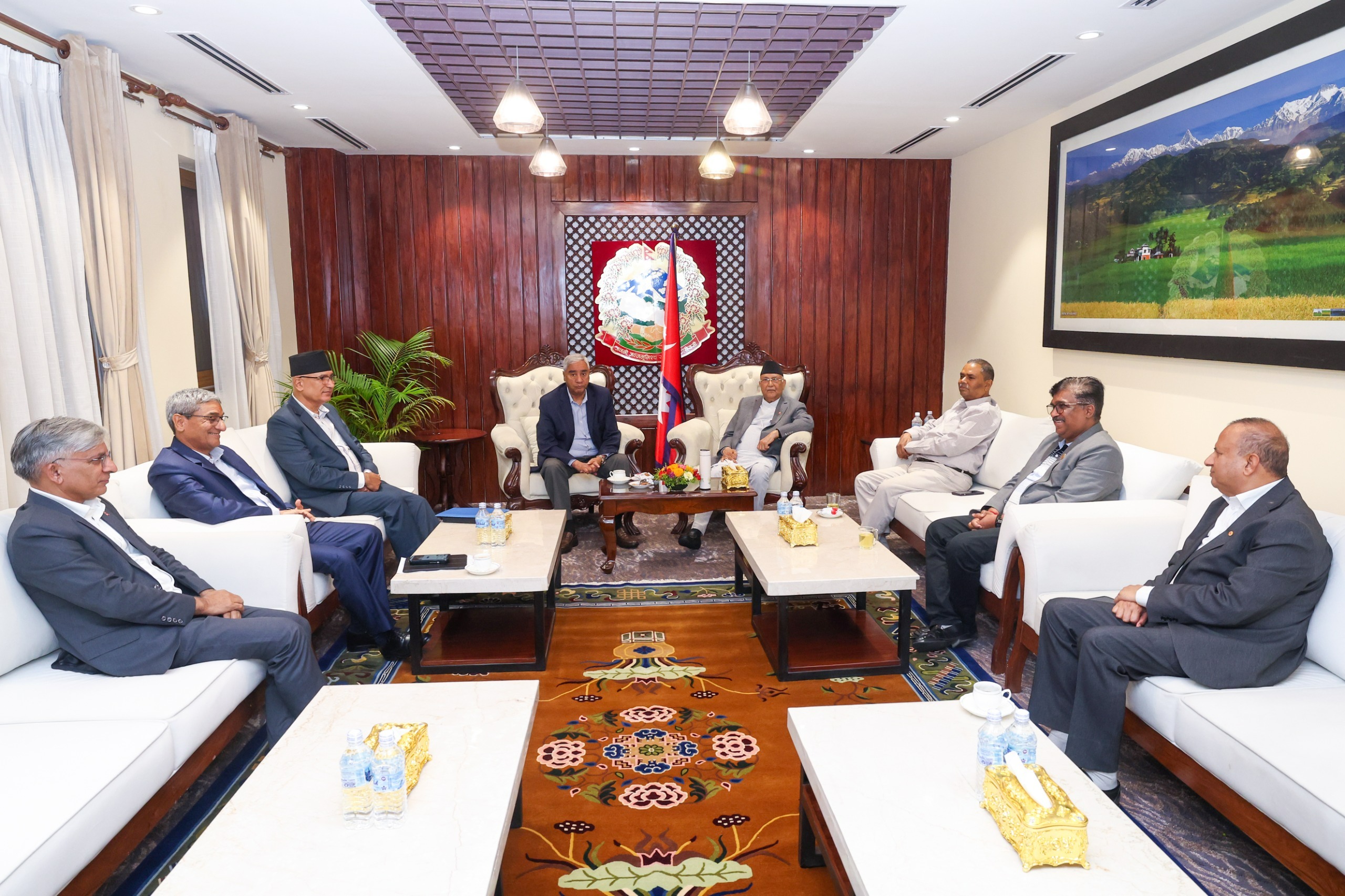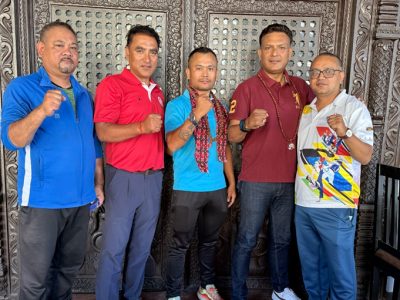The clash of the Asian Titans
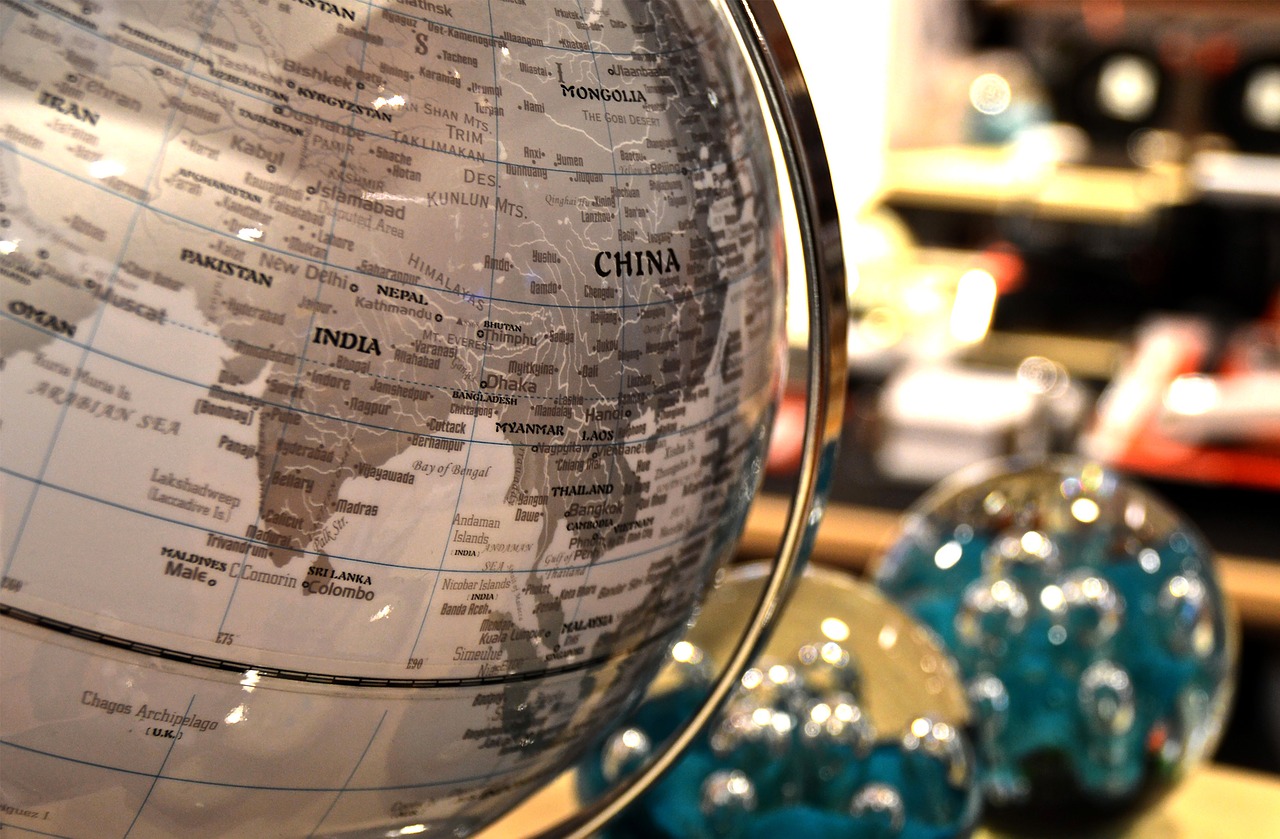
Kathmandu. China and India have been embroiled in boundary issues ever since the British left the Indian subcontinent after drawing the McMahon line in 1914, setting grounds for future conflict. The border that is shared between the countries is yet to be defined properly in terms that both parties can agree upon. Historically, when India inherited the territories acquired by the British after its independence in 1947, it deemed the McMahon line to be the actual point of separation between China and itself, while China refused to accept the legality of the delineation, terming it to be a part of a colonial legacy.
Seeds of conflict sown
The Chinese Prime Minister, Zhou Enlai on January 23, 1959 sent a letter to his Indian counterpart, Jawaharlal Nehru writing, that the McMahon line was “a product of the British policy of aggression,” and that “it cannot be considered legal. I have told you that it has never been recognized by the Chinese central government.”
In a separate letter penned by Zhou in September of the same year, he pressed upon the matter claiming that, “From the early days, Britain harboured aggressive ambition towards China’s Tibet region. It continuously instigated Tibet to separate from China, in an attempt to put under its control a nominally independent Tibet. ” He added that, “The delineation of the Sino-Indian boundary east of Bhutan in all traditional Chinese maps is a true reflection of the actual situation of the traditional boundary before the appearance of the so-called McMahon Line.”
To this Nehru replied, “the so-called McMahon Line runs eastwards from the eastern borders of Bhutan and defines the boundary of China on the one hand and on the India and Burma on the other. Contrary to what has been reported to you, this line was, in fact, drawn at a Tripartite Conference held at Simla in 1913-1914 between the Plenipotentiaries of the Governments of China, Tibet and India.”
In an effort to reduce tensions, Zhou had offered that China would agree that Arunachal Pradesh fell exclusively under India’s jurisdiction if India recognized China’s jurisdiction in Aksai Chin, a territory that India considers to be a part of the union territory of Ladakh. A strong opposition party that remained staunchly against any deals offered by the Chinese Prime Minister allayed Nehru’s hand in accepting the offer. Nehru, reflecting on his unwillingness to reach the compromise commented that, “If I give them (Chinese) that (Aksai Chin), I shall no longer be Prime Minister of India – I will not do it.”
The fragile peace that existed between the states deteriorated when the Dalai Lama, who stressed on Tibet’s autonomy, was given refuge in India in 1959 and the Indian Army started to set up its outposts in Chinese territory under Nehru’s “forward policy.”
The 60’s marked by Sino-Indian conflicts
The early sixties can be marked as some of the most turbulent years in the Cold War history, before a short-lived period of relaxation was achieved between the global powers. While the United States of America faced-off against the Soviet Union on the tense issue of the Cuban Missile Crisis, Asia witnessed brief but intense clashes between China and India in 1962 and 1967. While India, for the greater part was much more involved in the conflict it had with Pakistan at the Line of Control (LoC), the disputed territories nestled between India and China, resultant from the stagnant dialogues and deviated political motivations, became a sore point for both nations who had their own geopolitical interests in the region.
In 1962, a war, that lasted for a month, laid grounds for prolonged mistrust and tense bilateral associations between the two states. The casualties were great and the memory of the devastations survived. India lost 1,383 men and 3,968 were captured, while 1,047 were wounded and 1,696 went missing. China similarly accounted for 1,697 wounded men and lost 722 soldiers in the battlefield.
With limited casualties China was considered to be the victorious party. In 1967, the states locked horns once again at Nathu La and Cho La where India drove back attacking Chinese forces during a two month conflict, with India gaining the upper hand this time. 300 Chinese and 200 Indians perished at the border. After the ceasefire, an uneasiness remained in the multilayered interdependent relations between the states regarding their respective view of their borders.
These tensions culminated in the stand-off between the Indian and Chinese troops in May, 2020 at the Line of Actual Control.
Shots fired at the LAC: Interests and geopolitics
It becomes significant to note that India had refused to acknowledge the Line of Actual Control or LAC until 1993. Nehru had dismissed the notion that was proposed by Zhou in his 1959 letter and later as well when the term was brought forth following the 1962 war. New Delhi finally agreed upon the term when the military of the states continued to come in contact whilst patrolling, with the nations signing the Agreement to Maintain Peace and Tranquility at the LAC in 1993.
Since then, tensions had not spiraled to the point that state armies had to engage in active warfare. The Doklam crisis in 2017 was resolved after a series of talks, as the territory was not a clear matter of dispute between them, and force was not actively employed by both states. In May 2020, however, an altercation between the armies steadily escalated into an all-out confrontation. Shots were fired at the LAC for the first time in 45 years, and both states became openly hostile towards each other as men fell at the border. The last violent conflict between the states happened in 1975 when China ambushed Indian forces at Arunachal Pradesh, after Sikkim became a part of India.
Both states have tried to hold high-level talks that have involved seasoned diplomats and military officials at different stages to resolve the recent dispute. The Working Mechanism for Consultation & Coordination on India-China Border Affairs (WMCC) on September 30 convened to disengage troops at the LAC. A day later on October 1, China reiterated its 1959 claim and tensions rose again as it mentioned that, it still “does not recognize the so-called Union Territory of Ladakh.”
The point of concern currently, has been the rapid build-up of military equipment and deployment of additional forces at the border as the harsh winter settles in. It resembles the staging of further warfare that is too reminiscent of the bloody clashes of the sixties but with better firepower and the possibility of greater damage. China has doubled its air-bases and has recently sent 60,000 men at the borders. India has also silently deployed a surface-to-surface supersonic Shaurya missile, while conducting several weapon tests around the area.
It has led the US national security advisor, Robert O’Brien to claim that it may be time for India to accept that dialogues would not ease the tensions at LAC. This came after Mike Pompeo, the US Secretary of State sought Quad solidarity in containing China’s influence over the region. The US factor could undoubtedly complicate matters as China and the US are in the middle of a trade war, however, Commander level talks will be held between India and China again, today.
Things have predictably changed from 1962. India and China are both nuclear powers with an immense military presence. Should a full-fledged military engagement take place between the states, it could disrupt the geopolitical balance of the entire region.
The conflict is the result of a half a century of miscommunication, misdirection of political wills, and an overall geopolitical struggle to gain dominance. The focus should be on resolving the issue on the diplomatic front. However, looking at the current situation, it seems unlikely that the bilateral relations will be rebuilt on a stable ground unless the dialogue systematically addresses and dissects the historical grievances and mistrust that has underlined these relations since the sixties.
Facebook Comment
latest Video
Trending News
- This Week
- This Month


